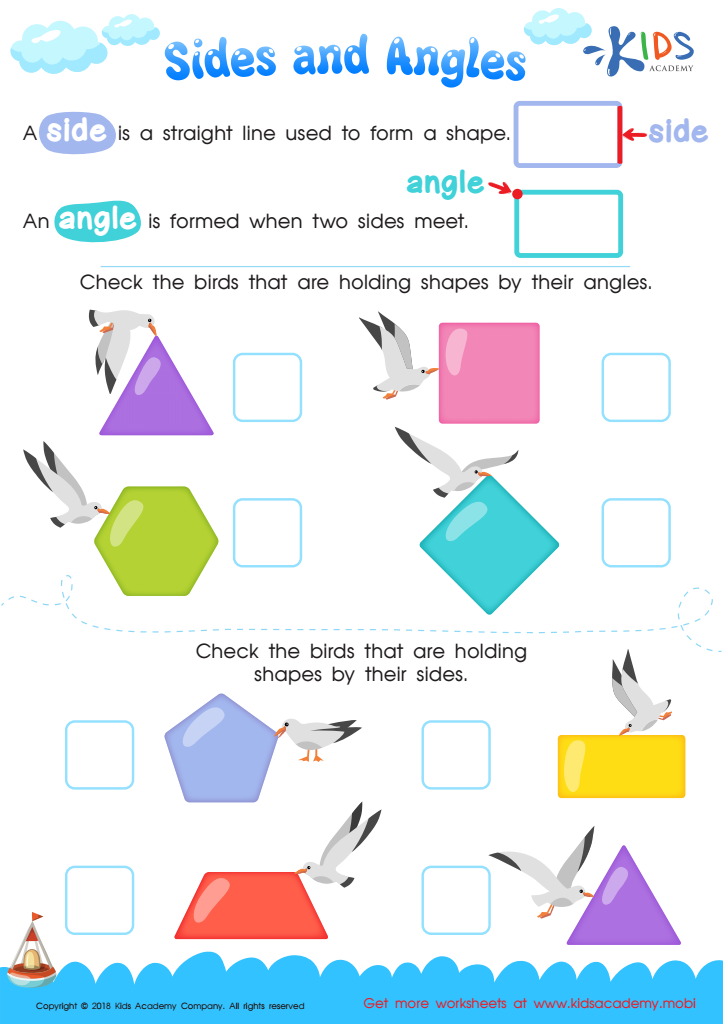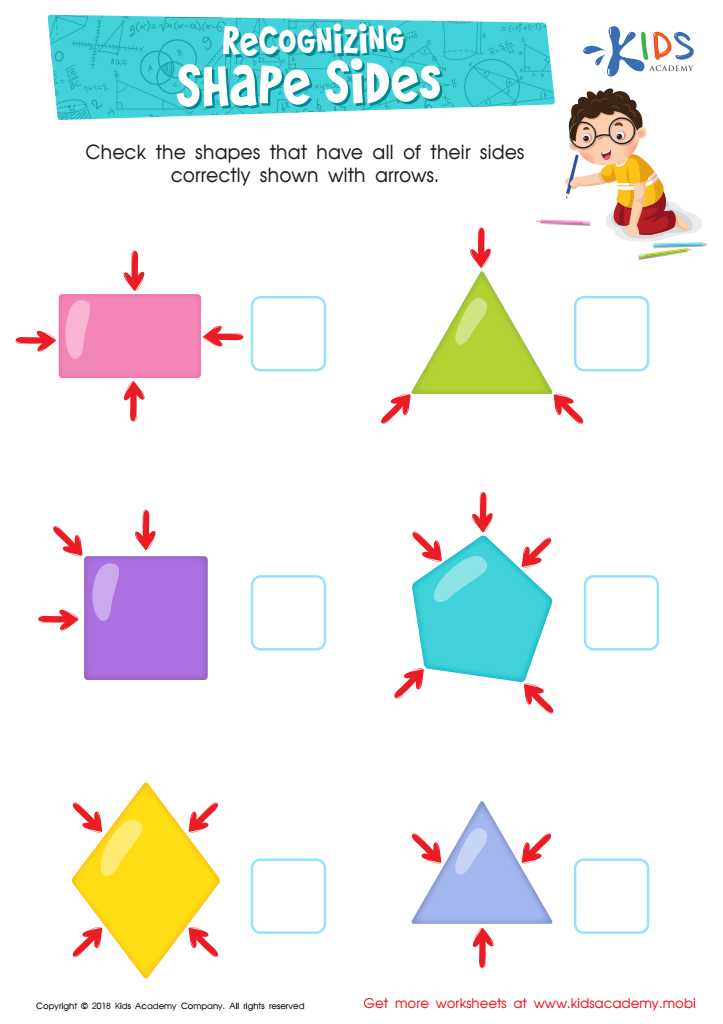What are the Attributes that Make Shapes? - Lesson for Grade 2, Chapter - Shapes and their Characteristics
In the "What are the Attributes that Make Shapes?" lesson, designed for second-grade students as part of the Geometry unit on "Shapes and their Characteristics," students embark on an engaging journey to understand the fundamental attributes that define shapes. Through a series of interactive activities, including "Faces of 3D Shapes," "Drawing with a Little Monster," and various worksheets focused on "Sides and Angles," "Faces of 3D Shapes," and "Recognizing Shape Sides," learners will develop a comprehensive understanding of how shapes are classified and differentiated.
This lesson is crucial because it lays the foundation for geometric literacy. By exploring the characteristics of both two-dimensional (2D) and three-dimensional (3D) shapes, students will learn to identify, compare, and contrast shapes based on their faces, sides, and angles. These skills are not only pivotal for their academic success in mathematics but also enhance their spatial reasoning and problem-solving abilities in real-life situations. Understanding the attributes of shapes enriches students' perception of the world around them, enabling them to recognize and appreciate the geometry inherent in everyday objects and environments.

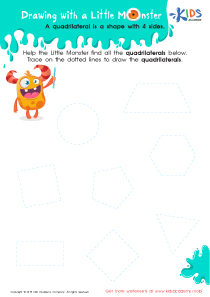
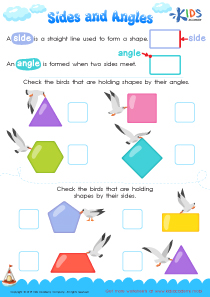
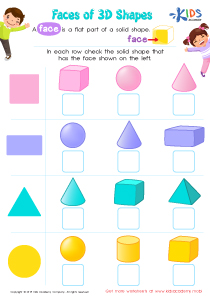
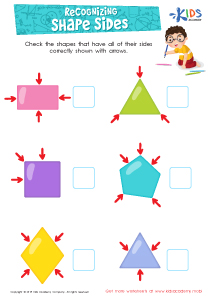
-
Activity 1 / Faces of 3D Shapes
-
Activity 2 / Drawing with a Little Monster Worksheet
Your students must work hand-in-hand with the little monster in this worksheet. Help the Little Monster find all the quadrilaterals in the exercise. Before beginning this exercise, your students ought to have a reasonable understanding of what quadrilateral shapes are. Refresh their memory by telling them that quadrilaterals are shapes with four sides. And, examples of quadrilaterals are squares, rectangles, and kites. Help your students follow the dotted lines and draw the quadrilaterals.
-
Activity 3 / Sides and Angles Worksheet
A side is a straight line used to form a shape, just as pictured in the worksheet. An angle, on the other hand, is formed at the point where two sides meet, as also pictured in the exercise. Before going into this exercise, you must first make sure that your children fully understand what you have just explained. Then, help them complete the tasks in this printout. Check the birds that are holding shapes by their angles in the first exercise. In the second exercise, your kids must check the birds that are holding shapes by their sides.
-
Activity 4 / Faces of 3D Shapes Worksheet
Can your child identify and correctly name the different parts of their body? Point at some random parts, and ask them to tell you what that body part is called. Now, point at their face; could your child identify it correctly? Use this worksheet to teach your child that a “face” does not have to refer to just a part of the body. A face is also a flat surface of a solid shape; for example, the face of a square, just as shown in the picture. Now, in each row, check the solid shape that has the face shown on the left side.
-
Activity 5 / Recognizing Shape Sides Worksheet
If your child is still having some difficulty identifying shape sides, after completing this simple worksheet, they will surely find it much easier. In this Recognizing Shape Sides exercise, your child must check the shapes that have all of their sides correctly shown with arrows. You must first remind your child of the differences between sides and angles. If they are clear on that, they should be able to easily breeze through this colorful exercise.


